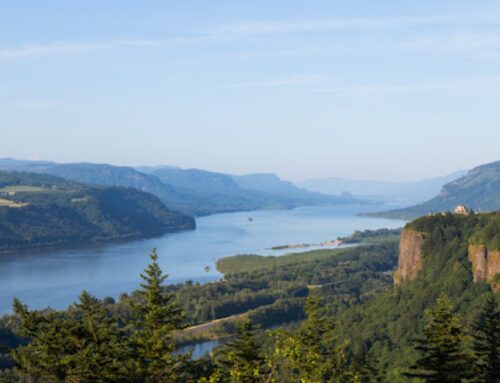KU scientists developing new system to help Kansas farmers with green energy, irrigation
October 18, 2024
Scientists from the Kansas Geological Survey at the University of Kansas are developing a new system designed to help Kansas farmers generate green energy, save money and collect water for their farms.
The proposed system is a solar panel recharge system which will include using solar panels in unused corners of farm fields to generate electricity. The farmers can then save money by using their own generated electricity to power their irrigation equipment and water their crops.
Project coordinator Hanna Szydlowski said the system is tailored toward helping farmers in western Kansas right now. Szydlowski said that her and her colleagues are using an initial pilot site just south of Garden City to see if their new system is successful. If the site is seen as a success, then they would look toward implementing the system in other places outside of Kansas afterward.
Most Kansas agricultural farmers utilize what is known as a center pivot irrigation system. This is a system that pumps water deep from aquifers, which are bodies of groundwater held by porous rock, clay or sediment. The groundwater that is pumped will then be shot out of a giant sprinkler system that rotates and will water a circular area of crops. These systems can be seen across farms throughout Kansas and will be familiar to those who drive between cities with farmland in between.
A center pivot irrigation system in Lawrence, Kansas, on Oct. 17, 2024. Photo taken by Logan Pierson/The Kansan.
However, a lot of farmland comes in plots shaped as squares, which means farmers are most likely not using all their available land.
Szydlowski said the initial trouble with implementing solar panels on farmland was that farmers had to choose between land or solar energy. Both need open areas with plenty of sunlight, and the panels would have blocked them from using the land for agricultural purposes.
She said that this project ensures that farmers can use all the land that they need for agriculture and still generate solar energy from unused land.
“The project we are pursuing is bridging the gap between agriculture, renewable energy sources and groundwater recharge,” Szydlowski said.
The project will also include a proposed gutter system which will be designed to help recharge, or refill, our aquifers.
According to the Kansas Geological Survey, the High Plains Aquifer is the most important water source for central and western Kansas as it supplies 70-80% of the water used by people in these parts of the state.
The High Plains Aquifer is a giant regional aquifer composed of smaller aquifers including the well-known Ogallala Aquifer. However, the aquifer has been severely drained from decades of over-usage and pumping, mainly for agricultural practices. This has led to water issues in many parts of central and western Kansas.
According to the Environmental Protection Agency, a depleted aquifer will lead to lower lake levels, dry out streams and harm wildlife. Due to Kansas’ economy being heavily dependent on its agriculture, a lack of water could also have devastating economic effects.
According to Szydlowski, the proposed gutter system would include the solar panels collecting rainwater and directing it toward a basin or manmade pond which would hopefully allow it to absorb into the ground and act as one way to help recharge aquifers. More water in the aquifers will also mean more available water for farmers in the future. However, Szydlowski said that this gutter system will not be set up until the solar panels are fully set up.
The project began in May and is currently on a four-year timeline. Szydlowski said that they plan to have the solar panels implemented at the end of year one in spring 2025. However, the gutter system could evolve into something else with the same purpose before it is implemented. This is because Principal Investigator Sam Zipper, who acts as the head of the project, and Szydlowski will research similar water collection systems from the past to make improvements to their gutter system.
According to Szydlowski, the first year is for laying down a foundation that they can build on top of and will include making interpersonal connections with potential stakeholders in the project. This will include finding and then making a deal with the people who will design and install the solar panels. It will also include getting energy companies on board so that the panels can be properly integrated into the power grid system.
Szydlowski said that the other part of year one is gathering background data, such as climate data, to create expectations for the project as to what they can expect, and to use available data from other projects to hopefully circumvent potential problems.
Past the implementation of the solar panels, the project throughout the next three years will mostly be monitoring the solar panels and the results that have been found from their implementation. They will look at many things during this period such as figuring out what maintenance looks like for the panels, analyzing the amount of solar energy produced and used, and seeing if and how the solar panels helped maintain soil moisture.
Search
RECENT PRESS RELEASES
Related Post




